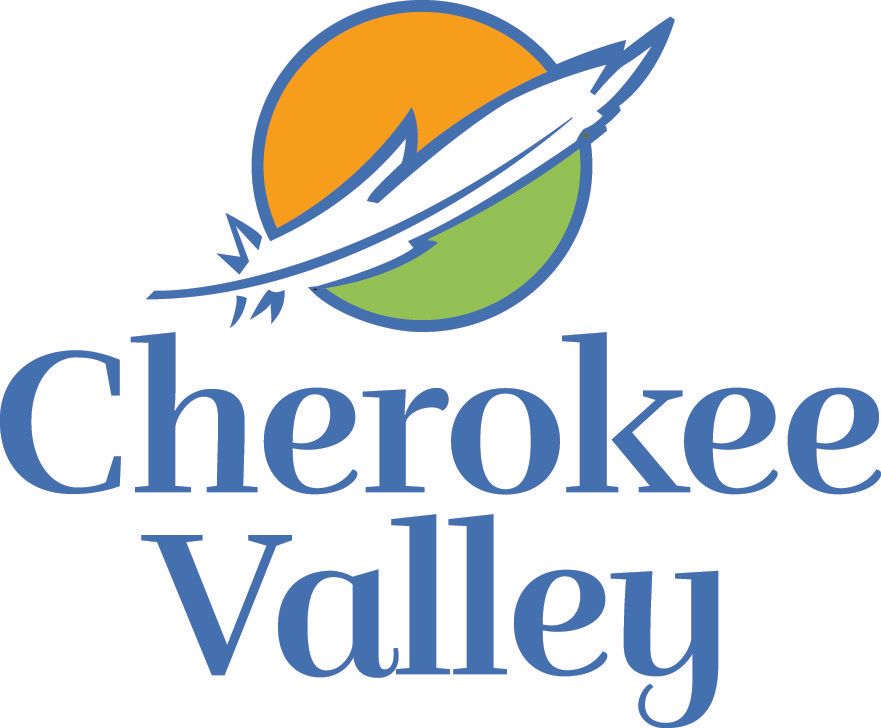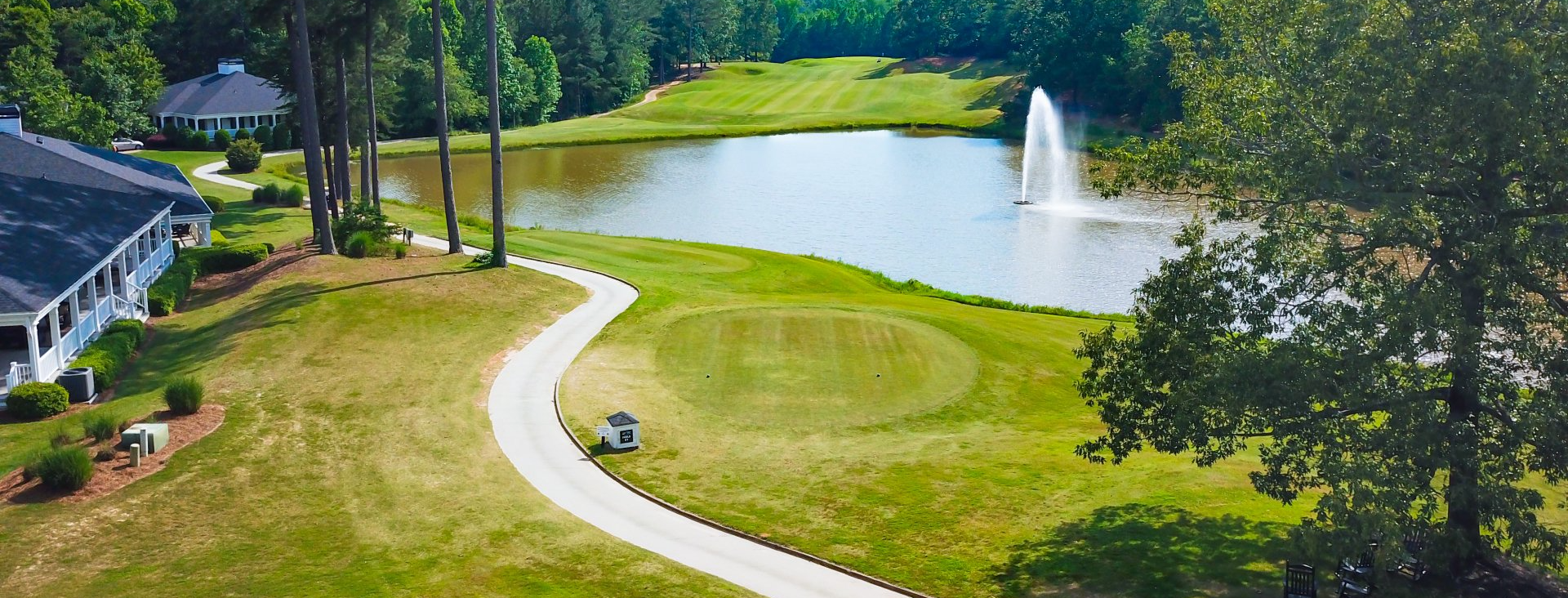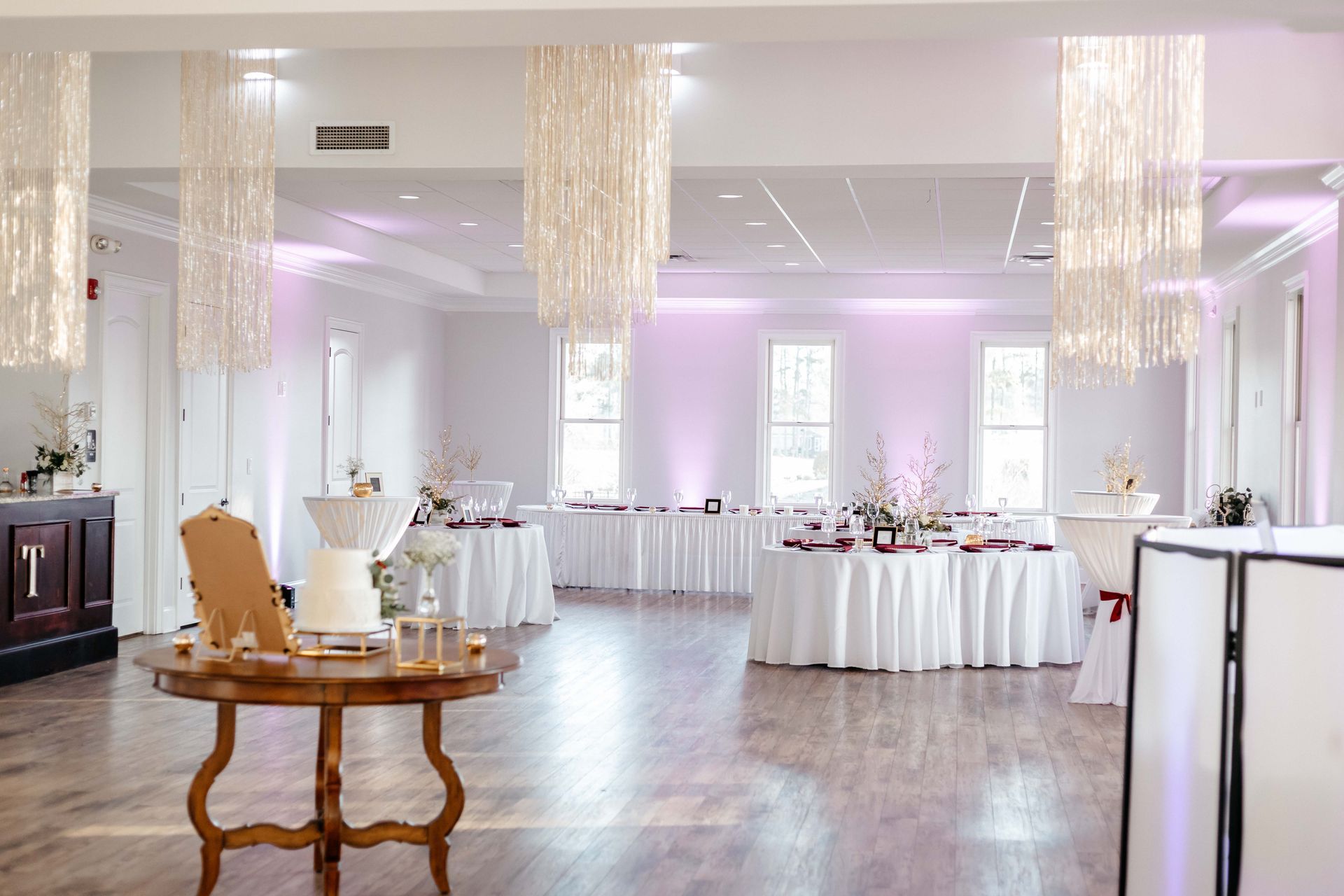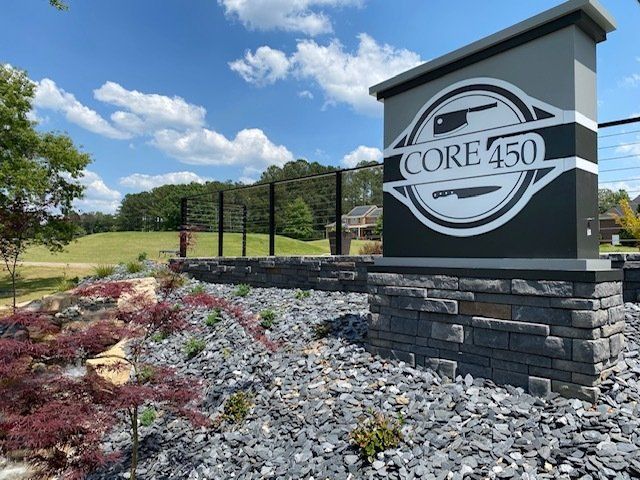What's Next at Cherokee Valley: Four Things to Look for in the Near Future
Have questions about our memberships? We are here to help! Contact our membership team at membership@cherokeevalleyclub.com or (864) 689-3585.
It’s been two-and-a-half months since
Core 450 and The Shop opened at Cherokee Valley, marking the end of the most ambitious construction project since the opening of the course over two decades ago. So it begs the question, what will owner Matthew Jennings do next?
“We have a master plan for the entire golf course and property and that’s what we’ll be focusing on in the coming months and years,” Jennings says. “Unlike some golf course owners who are selling during this bull market or investing in their facility in order to sell it, we’re investing as part of our long-term hold strategy.”
Here are a few things to look for at Cherokee Valley in the near future.
1. Bunkers
If you’ve played Cherokee Valley over the past few months, you’ve likely seen a lot of work going on with the bunkers. P.B. Dye golf courses, and Dye family golf courses in general, require a lot of “TLC” when it comes to these sandy hazards. Especially in areas that receive plenty of rain. But there’s an enhancement plan for every bunker on the course, and the goal is to have them all completed (and a few eliminated) over the next 36 months.
The grandest plans pertain to the green on the par-4 18th hole, perched just below the outdoor patio at Core 450. The entire green complex will be relocated to the left (if you’re looking at it head on, like you were playing the hole). New drainage will be installed under the green leading out to the other side (near the cottages) where there will be a water feature and small waterfall.
2. Cart Paths
Golf courses contain anywhere from five to seven miles of cart paths. Concrete (especially the textured varieties) is the most expensive paving material, whereas chip and seal, asphalt (a.k.a. blacktop) and blended asphalt are the least expensive. There’s also a movement afoot for organic materials, like decomposed granite and crushed gravel, and some Florida courses even use crushed shells.
Cherokee’s cart path network is primarily concrete, a surface that while smooth when first installed, is inflexible and subject to hemming and cracking. Numerous young trees were planted alongside the paths during the course’s construction in the 90s. As they grew, so did their roots, which began to protrude up through the concrete. Plans call for replacing sections disrupted by roots with a flexible, asphaltic surface for a smooth ride around the course.
3. Bridges
We’re fortunate that the terrain at Cherokee Valley is unlike any other golf course in the Upstate. It’s part of the allure. Especially on the back nine, which is a veritable roller-coaster ride through the Blue Ridge Mountain foothills. But with elevation changes come creeks and streams, and with creeks and streams comes the need for bridges. The cart bridge on hole No. 18 will be replaced, as will the cart and walking bridges on No. 14.
4. Also in the Works
The supply chain challenges impacting the entire country due to the pandemic have been felt here at Cherokee Valley. Materials for repaving the entire parking lot have been on order for months, but Jennings says they’ll arrive soon and the project will get underway. If you’ve been inside The Venue lately (formerly the Event Center), you’ve noticed the new interior enhancements. And long-term plans call for creating a landscaped garden in the space occupied by the old tennis courts.
For more information on memberships, or to arrange a tour of the club and golf course, click here or contact the membership team at membership@cherokeevalleyclub.com or (864) 689-3585.
The Kee | Cherokee Valley Club
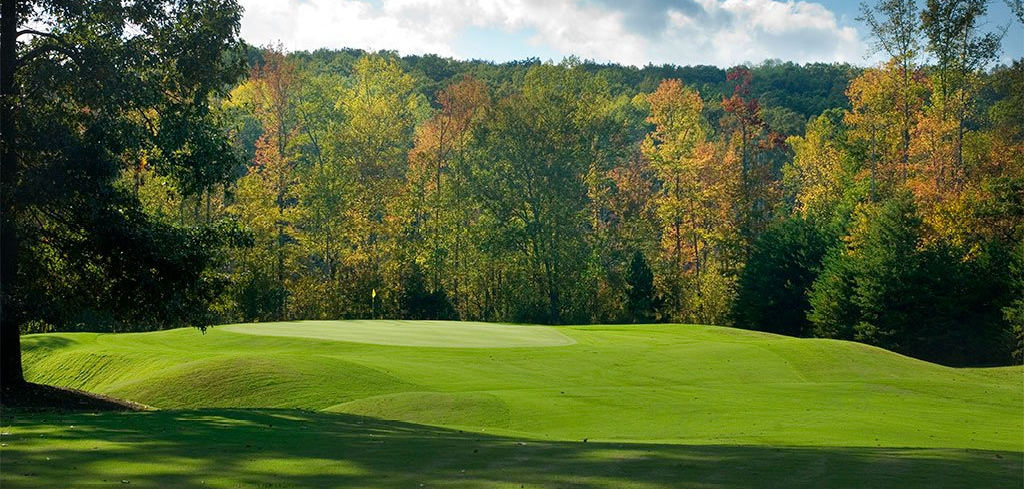
“Our entire goal has been to make this a dream club experience for families".
Matthew Jennings
Owner
Visit
450 Cherokee Valley Way,
Travelers Rest, SC 29690
The Shop Hours:
Open Daily from 6:30 am - 6:00 pm
Core 450 Hours:
Monday - Thursday 11:00 am - 8:00 pm
Friday - Saturday 11:00 am - 9:00 pm
Sunday 10:30 am -2:00 pm

